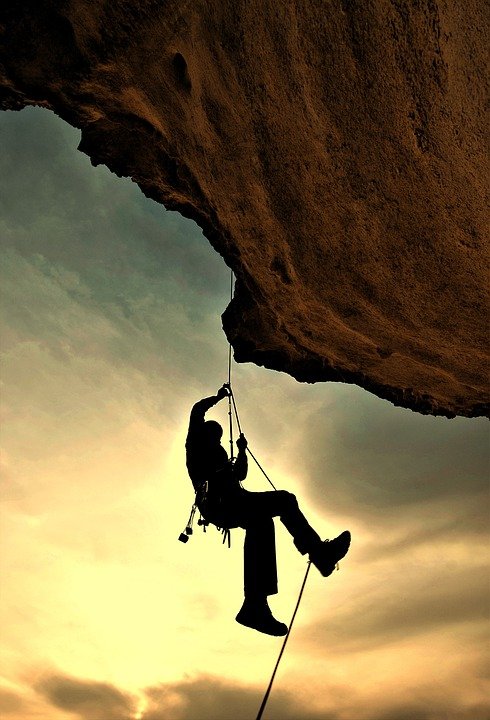Athletic performance is a delicate balance of physical prowess, skill, and technique, all of which can be significantly enhanced through the understanding and application of biomechanics. This field of study, which examines the mechanics of body movements during sports activities, has increasingly become integral to injury prevention strategies in athletics. The role of biomechanics in fostering superior training methods, optimizing performance, and reducing the risk of injuries cannot be overstated.
Understanding Biomechanics
Biomechanics combines principles of mechanics, anatomy, and physiology to analyze human movement. This discipline evaluates how forces act upon the body and how the body responds through movement. By studying the intricacies of biomechanics, sports scientists and trainers gain insights into optimal movement patterns, muscle engagement, and potential points of injury.
Identifying Risk Factors
One of the primary contributions of biomechanics to injury prevention is its ability to identify risk factors associated with various athletic movements. Specific biomechanical analyses can reveal improper joint alignment, faulty movement patterns, and excessive force application, all of which contribute to injuries like sprains, strains, and stress fractures.
For instance, in runners, biomechanical assessment can highlight issues such as overpronation (excessive inward rolling of the foot) or an improper stride length. By identifying these risks, trainers and medical professionals can develop targeted interventions to rectify these biomechanical flaws, reducing the likelihood of injuries.
Tailoring Training Programs
Once risk factors are identified, biomechanics aids in the creation of customized training programs that cater to the specific needs of athletes. Through motion analysis technologies such as high-speed cameras, force plates, and wearable sensors, trainers can obtain detailed data on an athlete’s movement patterns. This data allows for the design of personalized regimens that reinforce proper movement mechanics and build strength in vulnerable areas.
For example, if an athlete shows a tendency to lean excessively during a particular movement, such as squatting, a tailored program can incorporate corrective exercises aimed at improving posture, balance, and core strength—all essential for safe and efficient athletic performance.
Enhancing Performance and Reducing Injury
Biomechanics not only focuses on injury prevention but also emphasizes enhancing athletic performance. By maximizing efficiency in movement, athletes can achieve optimal output while minimizing the energy expended. This dual advantage not only propels performance levels but also reduces the risk of overuse injuries commonly associated with repetitive stress on specific body parts.
Through biomechanical assessments, athletes can learn to achieve proper techniques in their respective sports. This might include optimizing the angular momentum of a gymnast during a routine, refining the throwing mechanics of a baseball pitcher, or improving the landing mechanics of a basketball player. The resulting mastery of movement not only elevates competition but significantly reduces the risk of injury.
Implementing Feedback Mechanisms
An essential component of biomechanical analysis in injury prevention is the implementation of feedback mechanisms. Continuous monitoring of an athlete’s performance allows for real-time adjustments and corrections, further ensuring that they maintain safe and effective movement patterns throughout their training and competitions.
Technological advancements in wearable devices also play a crucial role. These gadgets can provide athletes with immediate insights into their movement dynamics, enabling them to adjust their techniques on the fly. This instantaneous feedback loop cultivates an environment for proactive injury management, allowing for necessary adjustments before potentially dangerous patterns become ingrained.
Conclusion
The integration of biomechanics into the training and preparation of athletes has transformed injury prevention strategies in sports. By understanding the mechanics of movement, coaches and trainers can identify risks, tailor training regimens, enhance performance, and implement effective feedback mechanisms. As technology continues to evolve, so will the methods employed to analyze and improve biomechanical function in athletes.
As more sports organizations recognize the critical value of biomechanics, we can anticipate a future where injuries in athletics will be systematically reduced, enabling athletes to compete at their best and enjoy longer, healthier careers. The impact of biomechanics, therefore, stretches far beyond injury prevention, fostering a culture of safety and efficiency in the world of sports.




